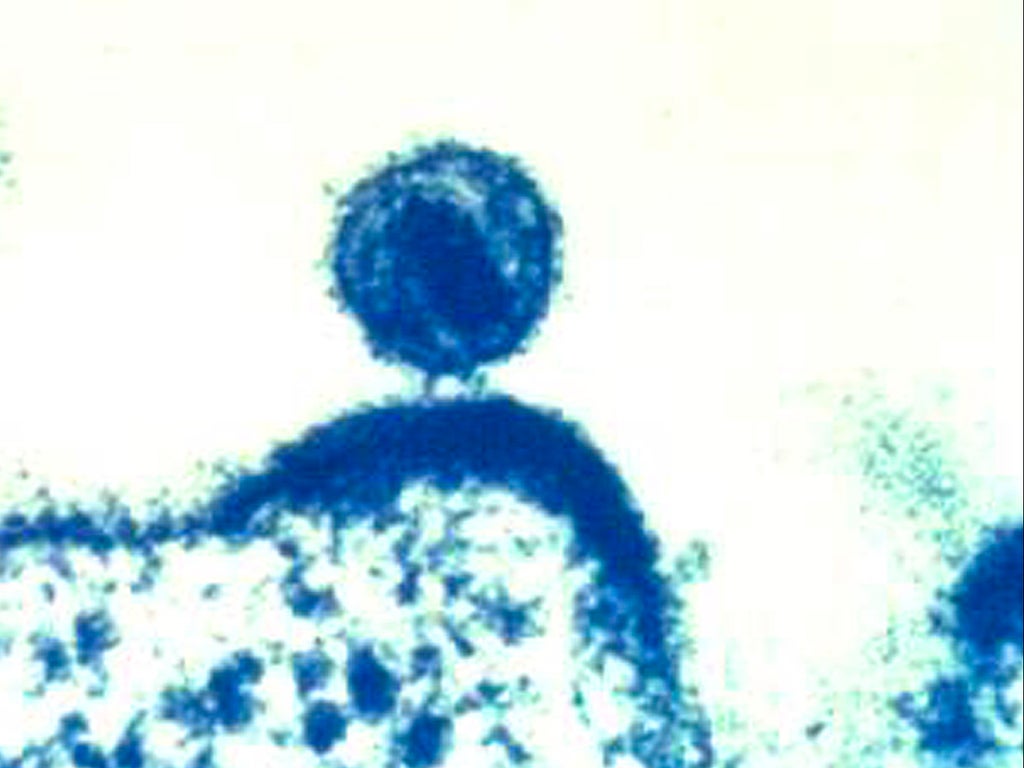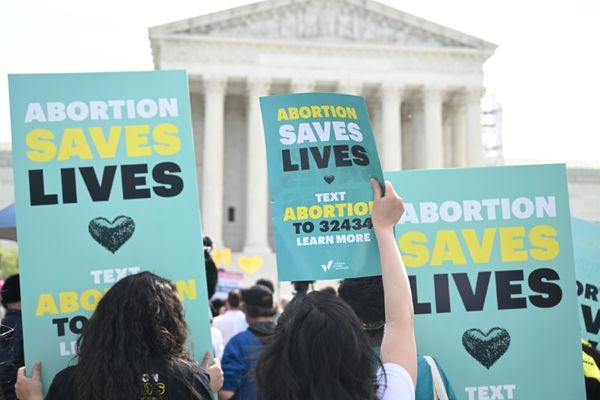
Scientists appear to have cured HIV in a woman for the first time, making her the third person to be cured.
A group of American researchers used a new method of transplanting stem cells that they hope could be administered to dozens of people every year.
The woman, who is of mixed race, is the third person ever to be cured of HIV. Scientists announced on Tuesday that the method, which involves the use of umbilical cord blood, could lead to more racially diverse people being cured than was previously believed to be possible.
There is a larger supply of cord blood than adult stem cells, which are usually used in bone marrow transplants, and cord blood also doesn’t need to be as closely matched to the patient. Most donors are Caucasian, meaning that a partial match could cure dozens of those suffering from both cancer and HIV in the US every year, The New York Times reported.
The woman who was cured was also afflicted by leukaemia, and she received cord blood to treat it, which came from a donor who was a partial match. The usual practice is to find a bone marrow donor whose race and ethnicity is similar to that of the patient. The woman also received blood from a close relative to temporarily boost her body’s immune system as the transplant settled.
The new findings were presented on Tuesday at the Conference on Retroviruses and Opportunistic Infections in Denver, Colorado.
University of California, San Francisco AIDS expert Dr Steven Deeks said that “the fact that she’s mixed race, and that she’s a woman, that is really important scientifically and really important in terms of the community impact,” The New York Times reported.
Women account for the majority of global HIV cases but only make up 11 per cent of participants in cure trials. The disease is thought to develop differently in men and women.
But Dr Deeks added that he doesn’t believe the new treatment will grow into widespread use. “These are stories of providing inspiration to the field and perhaps the road map,” he said.
Almost 38 million people around the world are living with HIV, with around 73 per cent of them receiving treatment, often via strong antiretroviral drugs that can control the virus. Most of them cannot go through a bone marrow transplant, as the procedure is invasive and risky. This kind of treatment tends to be provided to cancer patients without other options.
According to The New York Times, two others have previously been cured of HIV. Timothy Ray Brown, known as “The Berlin Patient”, remained free of the virus for 12 years before dying of cancer in 2020. Fellow patient Adam Castillejo was confirmed to have been cured in 2019. Both of them received bone marrow transplants from donors carrying an HIV-blocking mutation, which has only been found in around 20,000 donors, most of whom are descended from northern Europe.
Both Mr Brown and Mr Castillejo suffered harsh side effects, including graft and host disease – Mr Brown almost died following the transplant. Mr Castillejo lost almost 70 pounds (32kg) in the year that followed his procedure. His doctors said he also experienced hearing loss and went through several infections.
The woman who was recently cured left hospital after 17 days and didn’t experience graft or host disease, which is when donor cells attack the body of the transplant recipient. The patient’s doctor, Weill Cornell Medicine physician Dr JingMei Hsu, said the mix of cord blood and the cells from her relative may have counteracted the destructive side effects previously experienced by bone marrow transplant recipients.
The president-elect of the International AIDS Society, Dr Sharon Lewin, told The New York Times that “it was previously thought that graft versus host disease might be an important reason for an HIV cure in the prior cases” but that the new revelations reject that notion.
The woman was diagnosed with HIV in June 2013. While antiretroviral drugs kept the issue under control, she received an acute myelogenous leukaemia diagnosis in March 2017.
In August that same year, she received cord blood from a donor with the HIV-blocking mutation. The blood from her relatives supported her immune system during the six weeks it took for the cord blood cells to become dominant. This meant that the transplant was much safer, according to Weill Cornell Medicine infectious diseases expert Dr Marshall Glesby.
“The transplant from the relative is like a bridge that got her through to the point of the cord blood being able to take over,” he told the paper.
The patient ended her use of antiretroviral therapy 37 months after the procedure. Over 14 months after that, there’s still no trace of HIV in her blood and she appears to have no antibodies to the virus.
While it remains unclear why cord blood is effective, the director of the transplant service at Weill Cornell, Dr Koen Van Besien, told the paper that it might be because cord blood is “adaptable”.
“These are newborns, they are more adaptable,” he said.
“Umbilical stem cells are attractive,” Dr Deeks added. “There’s something magical about these cells and something magical perhaps about the cord blood in general that provides an extra benefit.”







